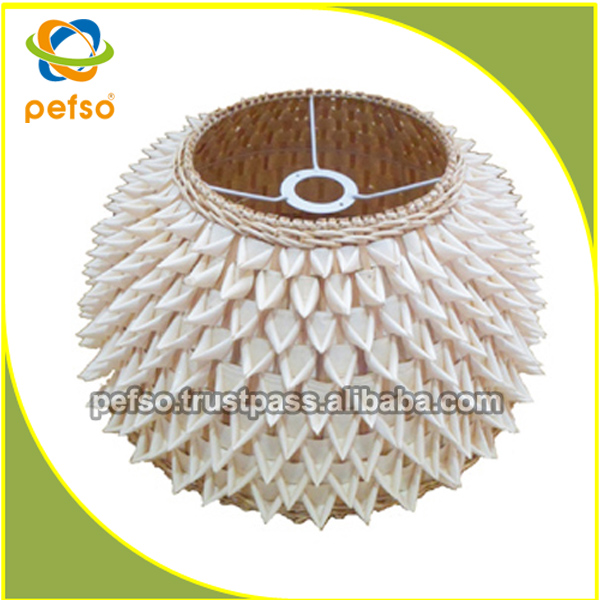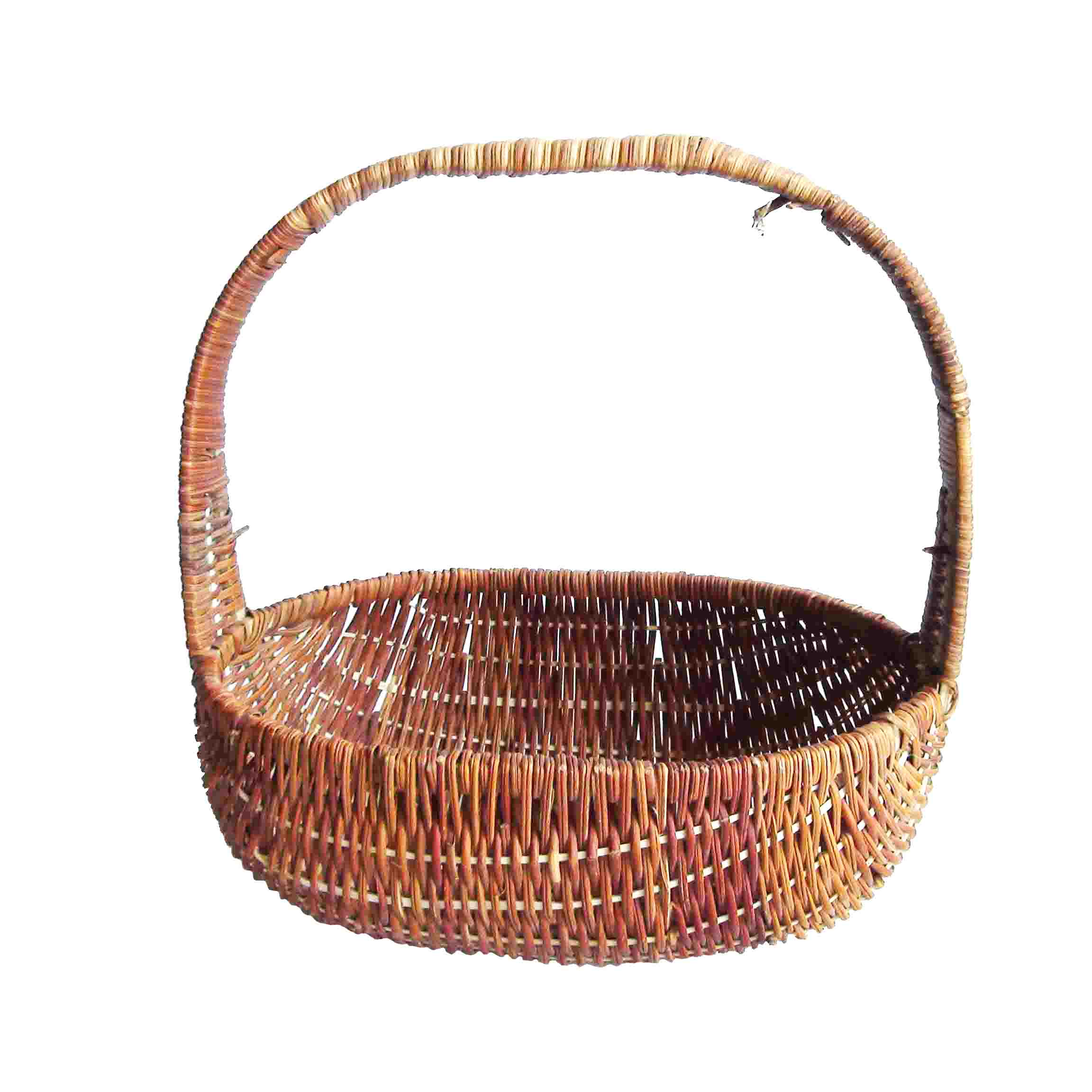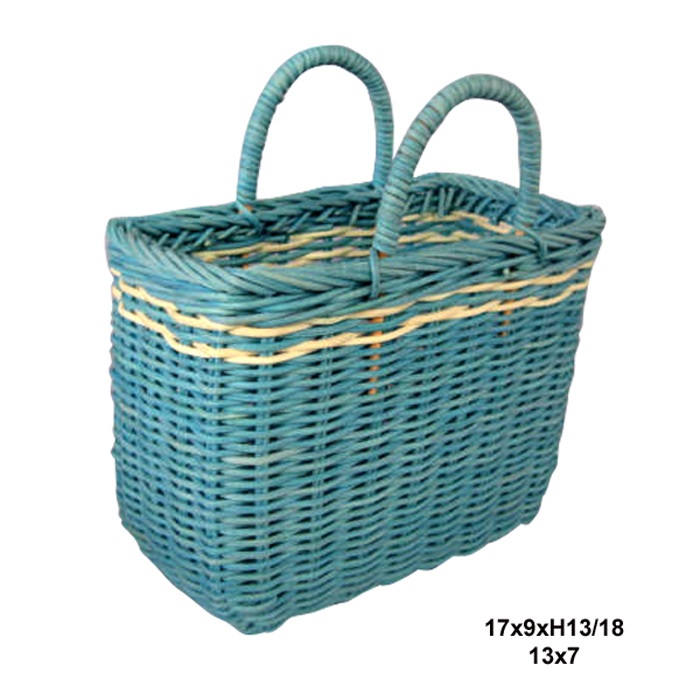Discover why rattan materials are the future of sustainable design and why now is the perfect time to invest. Learn about its eco-friendly benefits, market potential, and versatile applications.
The global push towards sustainability is reshaping industries and consumer preferences, with an ever-increasing focus on eco-friendly materials. Among these, rattan has emerged as a standout option in sustainable design, owing to its natural properties, renewability, and versatility. As both demand and awareness for sustainable products grow, now is the perfect time to consider investing in rattan. Here’s why:
1. The Rise of Sustainable Design
Sustainability is no longer just a trend; it’s becoming the norm in the design and manufacturing industries. Consumers, especially millennials and Gen Z, are increasingly favoring products that are environmentally responsible. According to a report by Nielsen, 73% of global consumers say they would definitely or probably change their consumption habits to reduce their environmental impact.
Rattan, as a natural material, aligns perfectly with this shift. It is renewable, biodegradable, and requires minimal processing compared to synthetic alternatives, which often involve significant energy consumption and emit harmful chemicals. As a result, rattan products cater to the growing consumer demand for sustainable and eco-friendly goods.
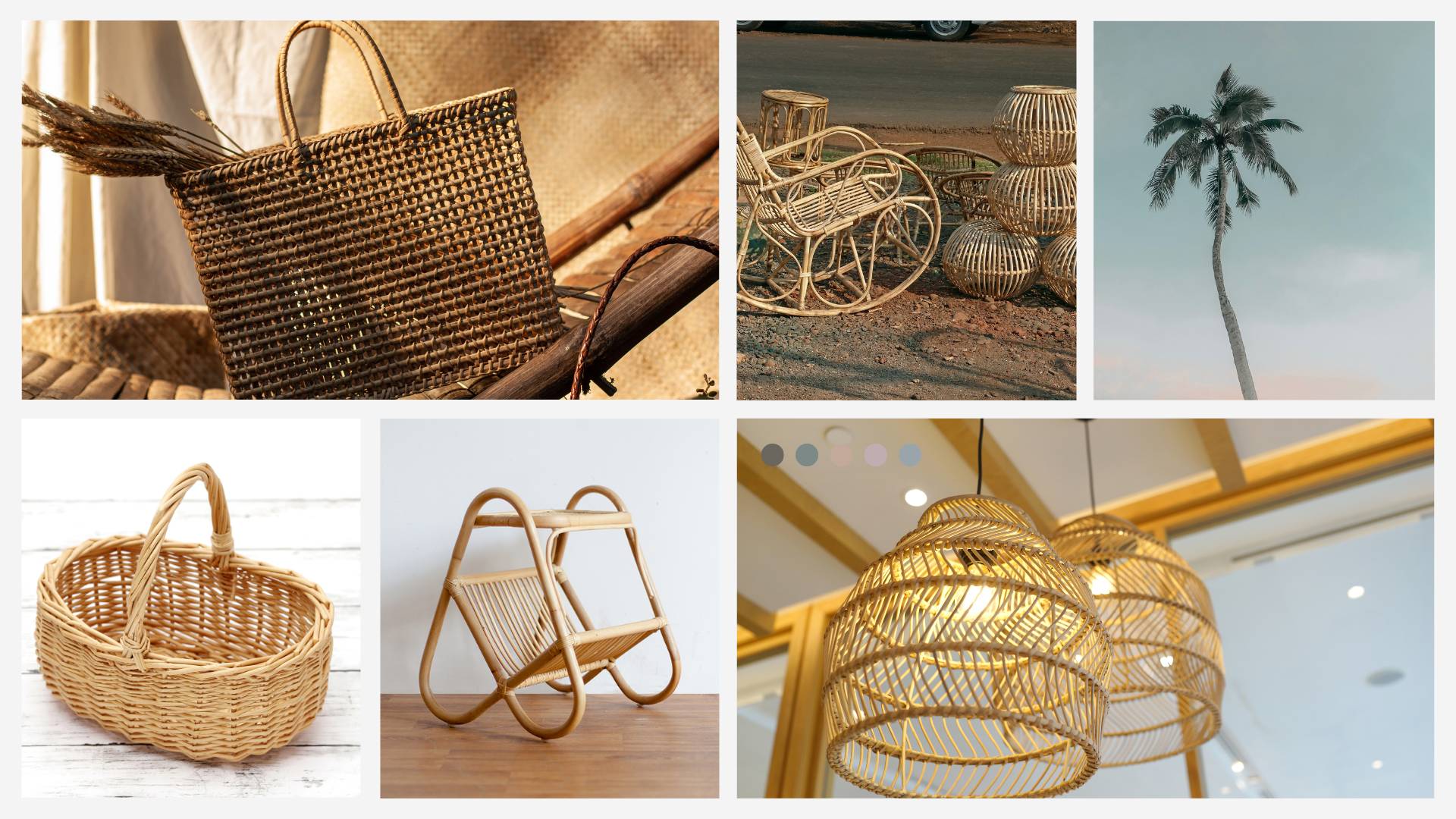
2. Rattan’s Versatility in Design
One of the key reasons for rattan’s rising popularity is its incredible versatility. Rattan can be crafted into a wide range of products, from furniture and home decor to accessories and even construction materials. Its natural flexibility allows it to be molded into various shapes and forms, making it ideal for both contemporary and traditional designs.
- Furniture and Home Decor: Rattan has become a popular choice for indoor and outdoor furniture due to its lightweight, strength, and aesthetic appeal. It brings a warm, natural texture to interiors, blending seamlessly with various design styles, from bohemian and coastal to minimalist and modern.
- Architectural and Structural Uses: Beyond furniture, rattan is gaining traction in the architectural community for use in sustainable construction. Its strength and flexibility make it a suitable material for structural elements and innovative design projects. Architects are increasingly exploring rattan as a green alternative to wood and other traditional materials.
- Accessories and Art: From decorative baskets to light fixtures, rattan’s pliability and natural appearance make it a favorite among designers for creating unique, handcrafted items that appeal to consumers seeking one-of-a-kind, sustainable pieces.
3. Eco-Friendly Benefits of Rattan
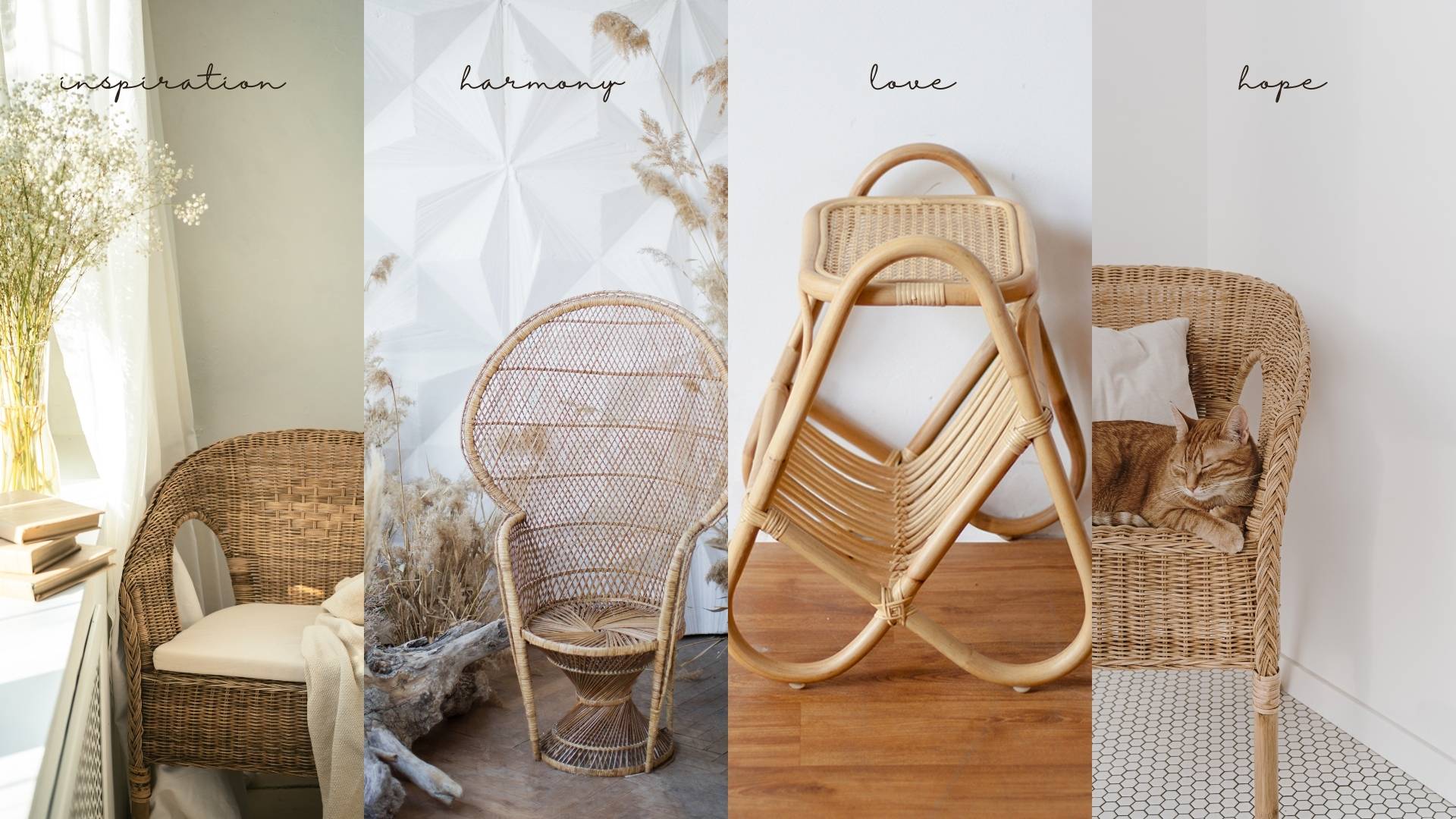 Rattan is one of the most sustainable materials available today, offering several environmental benefits:
Rattan is one of the most sustainable materials available today, offering several environmental benefits:
- Rapid Renewability: Unlike hardwood trees, which can take decades to mature, rattan grows quickly and can be harvested within two to three years. This rapid growth rate makes it a more sustainable option for producing furniture and other products.
- Low Environmental Impact: Rattan grows in tropical rainforests and is often harvested by local communities using manual labor, which minimizes the need for heavy machinery and reduces carbon emissions. Additionally, rattan plants help support the forest ecosystem by providing a habitat for wildlife and helping prevent soil erosion.
- Biodegradability and Minimal Waste: Rattan is fully biodegradable, meaning it decomposes naturally without leaving harmful residues in the environment. This characteristic stands in stark contrast to synthetic materials, which often contribute to long-term pollution.
By investing in rattan, companies and designers contribute to the preservation of forests and support sustainable practices that align with global environmental goals, such as the UN’s Sustainable Development Goals (SDGs).
4. Market Trends and Growth Potential
The market for rattan products is expected to grow significantly in the coming years. Several factors are driving this growth:
- Increasing Demand for Sustainable Products: As sustainability becomes a priority, the demand for eco-friendly materials like rattan continues to rise. According to a report by Grand View Research, the global rattan furniture market alone is projected to grow at a compound annual growth rate (CAGR) of over 5% from 2021 to 2028. This growth is driven by increased consumer awareness of the environmental benefits of rattan and its aesthetic appeal.
- Support from Governments and Organizations: Many governments and international organizations are promoting sustainable materials to reduce carbon footprints and achieve climate goals. For example, the International Network for Bamboo and Rattan (INBAR) actively promotes rattan as a sustainable development tool, providing technical support and advocating for policies that favor its use.
- Diversification of Applications: Rattan’s applications are diversifying beyond traditional furniture and decor. Designers are experimenting with new uses, such as lightweight structures for temporary buildings, eco-friendly packaging, and innovative consumer goods. This expanding range of applications offers new market opportunities for investors and manufacturers.
5. Supporting Local Economies and Communities
Investing in rattan also means supporting local economies, particularly in Southeast Asia, where most of the world’s rattan is harvested. The rattan industry provides employment and income for millions of people in rural communities, promoting sustainable livelihoods and economic development.
By sourcing rattan responsibly, companies can ensure that their investment supports ethical trade practices, fair wages, and community development. This social impact is becoming increasingly important to consumers and investors who prioritize ethical considerations in their purchasing and investment decisions.
6. Why Now is the Right Time to Invest
Given the current market dynamics, there has never been a better time to invest in rattan:
- Consumer Awareness and Preference: Awareness of environmental issues is at an all-time high, driving consumer preference for sustainable products. Rattan offers a tangible way for companies to meet this demand while aligning with broader environmental goals.
- Innovation and Design Opportunities: The versatility and appeal of rattan open up endless opportunities for innovative product design. With increasing investment in sustainable design and architecture, companies can tap into new markets and expand their offerings.
- Positive Brand Image and Market Differentiation: Investing in rattan allows companies to differentiate themselves as leaders in sustainability, enhancing their brand image and reputation. In an era where brand loyalty is increasingly tied to ethical and environmental considerations, rattan presents a valuable opportunity for businesses looking to build strong, positive relationships with their customers.
Conclusion: Seizing the Opportunity with Rattan
The future of rattan in sustainable design looks promising, with its eco-friendly properties, versatility, and growing market demand making it an ideal material for businesses committed to sustainability. Now is the perfect time to invest in rattan, capitalizing on the shift toward greener products and the increasing consumer and regulatory focus on sustainability.
By choosing rattan, companies not only gain a competitive edge but also contribute to a more sustainable and responsible future. At Pefso, we are proud to offer high-quality, sustainably sourced rattan products that meet the needs of forward-thinking businesses worldwide. Contact us today to learn more about how you can join the rattan revolution and invest in a better future.


